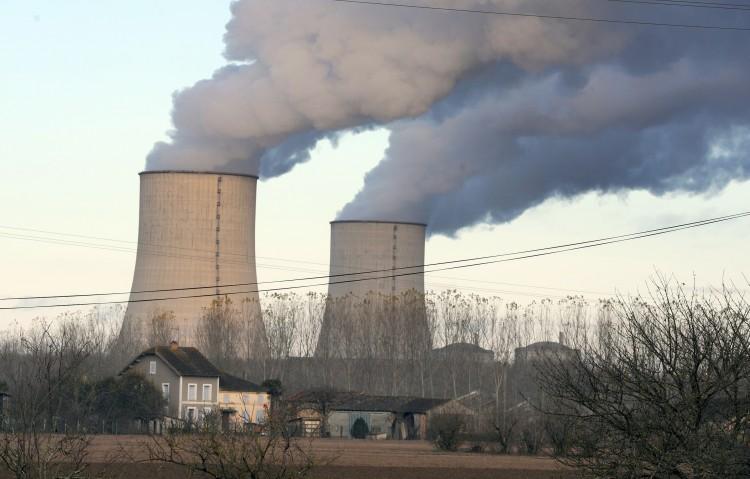As the United States transitions to renewable energy, experts say costs could increase exponentially.
Nuclear industry organization SMR Start released a 2021 report examining the costs of transitioning the electric grid to renewable energy.

As the United States transitions to renewable energy, experts say costs could increase exponentially.